A new phishing campaign is exploiting Microsoft’s legacy ADFS identity solution to steal credentials and bypass MFA
Threat actors are launching a barrage of account takeover attacks on the global education sector


Hackers are targeting organizations around the world that rely on Microsoft’s Active Directory Federation Services (ADFS) secure access system in an ongoing phishing campaign, according to new research.
Analysis from Abnormal Security describes how Microsoft’s ADFS, a legacy single-sign-on (SSO) solution that allows employees to use one set of credentials to authenticate across multiple applications and environments, is being mimicked by hackers to gain access to corporate networks.
The attackers use spoofed ADFS sign-in pages to trick victims into entering these credentials, as well as any second-factor authentication details used in for additional protection, such as one-time pass codes (OTPs).
Abnormal stated that the campaign’s success has been driven by the attackers’ use of highly convincing phishing techniques including making their phishing emails appear as if they were sent from trusted entities.
For example, the attack tends to begin with an email designed to appear as a notification from the organization’s IT helpdesk, informing the recipient of an urgent update they need to initiate using a link provided in the message.
The URLs included in the emails were also obfuscated, mimicking the familiar link structure of legitimate ADFS links, helping them pass some link verification checks and not raise the victim’s suspicion.
The fake login pages were also specifically crafted to be identical to the official portal used by the victim’s organization.
Sign up today and you will receive a free copy of our Future Focus 2025 report - the leading guidance on AI, cybersecurity and other IT challenges as per 700+ senior executives
Abnormal added that these pages dynamically pull the respective organization’s logo from its legitimate website and incorporate specific branding elements such as relevant colors and imagery.
According to the organization’s MFA protocol, the phishing template includes forms designed to steal the specific second factor required to authenticate the victim’s account, including Microsoft Authenticator, Duo Security, and SMS verification.
Finally, targets are sent a message telling them they might need to approve a push notification or answer an automated call, which redirects the target to an official sign-in page further reducing their suspicion and completing the account takeover.
Education sector heavily targeted due to reliance on legacy tech
Abnormal observed a range of post-compromise activities, many of which are associated with financially-motivated attacks, including mail filter creation, lateral phishing, and further reconnaissance.
The mail filters were often named ‘recommended’ or based on the target’s name to avoid detection, and used obfuscated keywords such as ‘hish’ instead of ‘phish’ or ‘elpdes’ instead of ‘help desk’.
“By using non-obvious terms, the threat actors reduced the likelihood of security solutions or analysts identifying the filters as malicious," Abnormal explained.
"These tailored techniques ensured that any responses to lateral phishing emails were intercepted and deleted, preventing the mailbox owner from noticing malicious activity or incoming replies."
The report noted the campaign was used to target over 150 organizations in the US, Canada, Australia, and Europe. The targets occupied a range of industries but the campaign disproportionately attacked those in the education sector such as schools and universities, who received over 50% of the total number of attacks.
Abnormal said Microsoft advises that organizations transition to its modern identity platform, Entra, speculating that attackers are exploiting the fact that many organizations still rely on its legacy ADFS system.
“This reliance is particularly prevalent in sectors with slower technology adoption cycles or legacy infrastructure dependencies—making them prime targets for credential harvesting and account takeovers,” the report suggested.
It added that educational organizations often exhibit less mature cybersecurity defenses, and feature environments with high user volumes, legacy technology, and fewer security personnel due to budget constraints, making them ideal targets.
RELATED WHITEPAPER

Abnormal’s findings highlight that even more advanced security layers such as MFA can be bypassed using sophisticated social engineering. The firm emphasized this demonstrates that they adopt a multi-layered approach to cyber defense.
This would include robust defenses such as advanced email filtering and behavior monitoring, boosting user awareness of potential threat tactics, and transitioning to modern platforms and instead of relying on legacy systems for critical functions like secure access.

Solomon Klappholz is a former staff writer for ITPro and ChannelPro. He has experience writing about the technologies that facilitate industrial manufacturing, which led to him developing a particular interest in cybersecurity, IT regulation, industrial infrastructure applications, and machine learning.
-
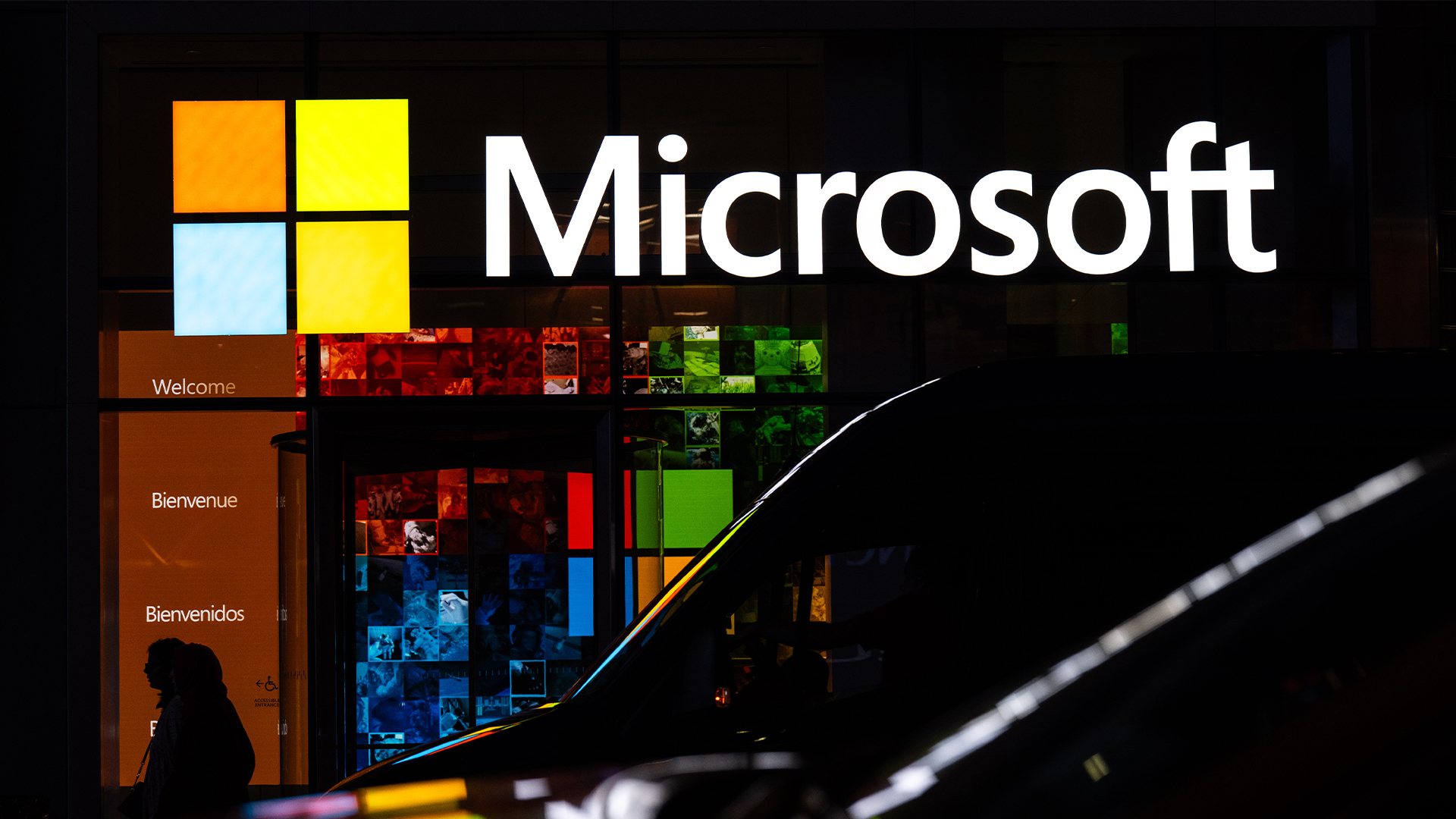 The Microsoft bug bounty program just got a big update — and even applies to third-party code
The Microsoft bug bounty program just got a big update — and even applies to third-party codeNews Microsoft is expanding its bug bounty program to cover all of its products, even those that haven't previously been covered by a bounty before and even third-party code.
-
 Complacent Gen Z and Millennial workers are more likely to be duped by social engineering attacks
Complacent Gen Z and Millennial workers are more likely to be duped by social engineering attacksNews Overconfidence and a lack of security training are putting organizations at risk
-
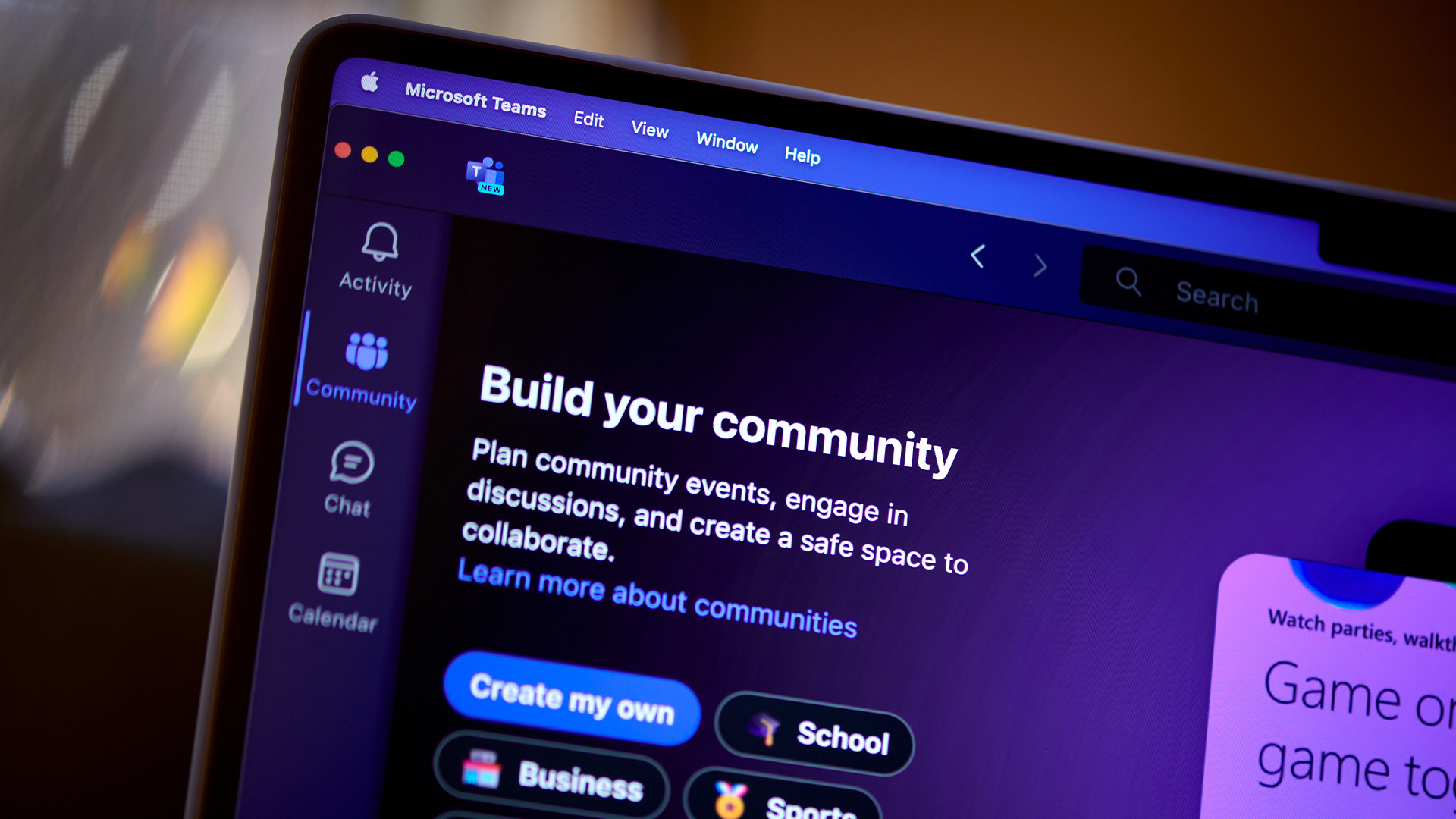 Microsoft Teams is getting a new location tracking feature that lets bosses snoop on staff – research shows it could cause workforce pushback
Microsoft Teams is getting a new location tracking feature that lets bosses snoop on staff – research shows it could cause workforce pushbackNews A new location tracking feature in Microsoft Teams will make it easier to keep tabs on your colleague's activities – and for your boss to know exactly where you are.
-
 The Scattered Lapsus$ Hunters group is targeting Zendesk customers – here’s what you need to know
The Scattered Lapsus$ Hunters group is targeting Zendesk customers – here’s what you need to knowNews The group appears to be infecting support and help-desk personnel with remote access trojans and other forms of malware
-
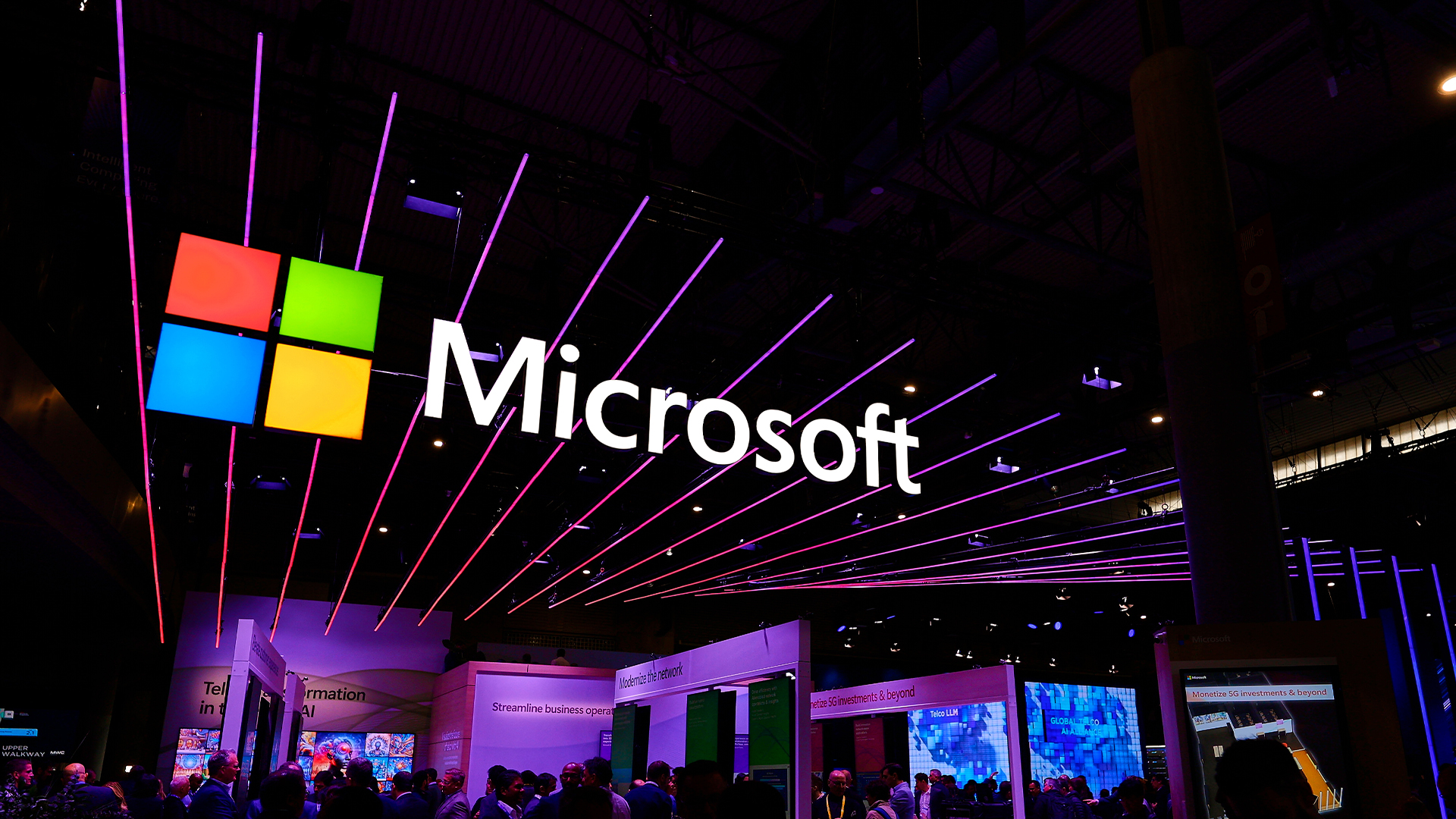 Microsoft opens up Entra Agent ID preview with new AI features
Microsoft opens up Entra Agent ID preview with new AI featuresNews Microsoft Entra Agent ID aims to help manage influx of AI agents using existing tools
-
 Google wants to take hackers to court
Google wants to take hackers to courtNews You don't have a package waiting for you, it's a scam – and Google is fighting back
-
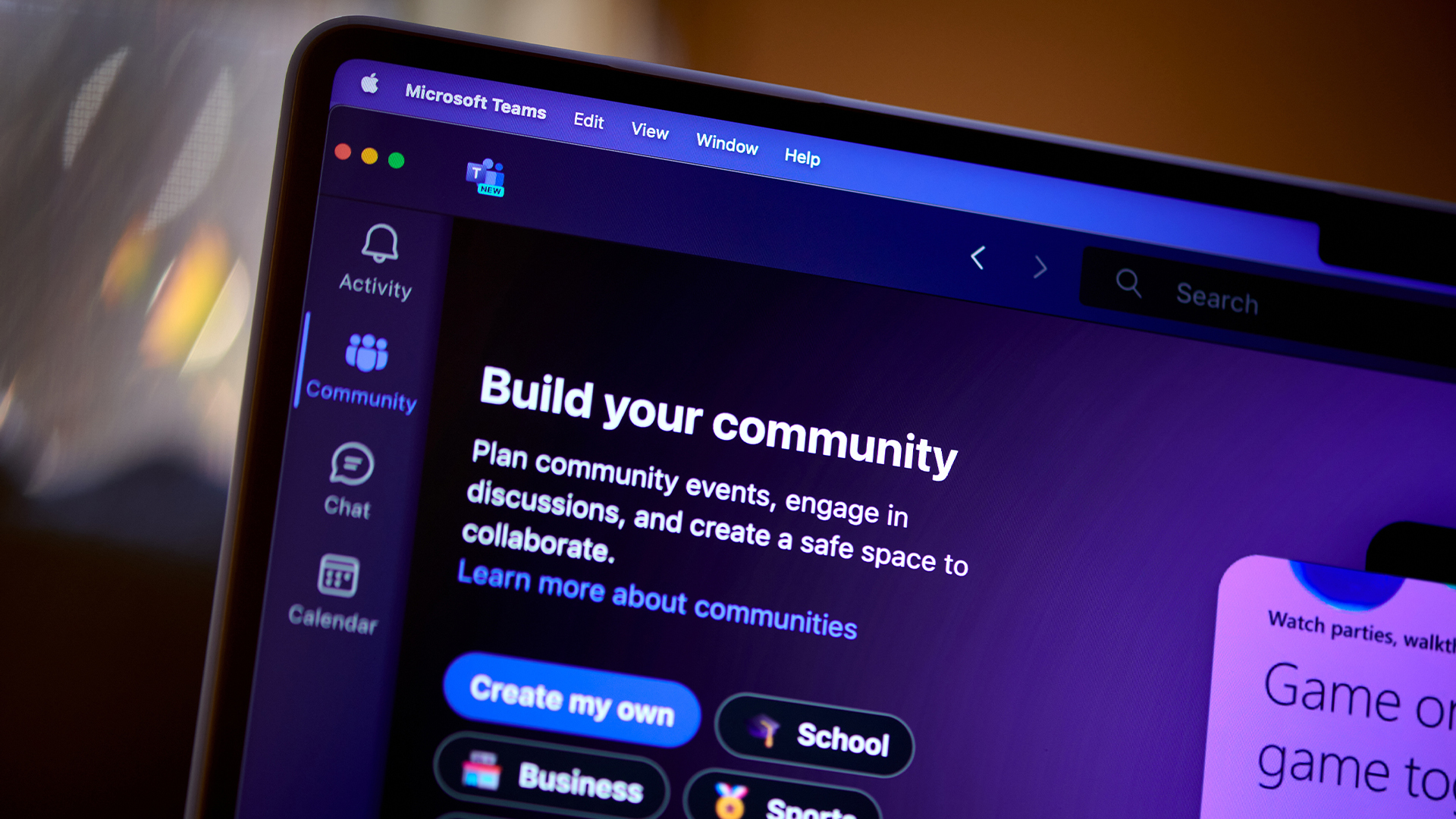 A notorious ransomware group is spreading fake Microsoft Teams ads to snare victims
A notorious ransomware group is spreading fake Microsoft Teams ads to snare victimsNews The Rhysida ransomware group is leveraging Trusted Signing from Microsoft to lend plausibility to its activities
-
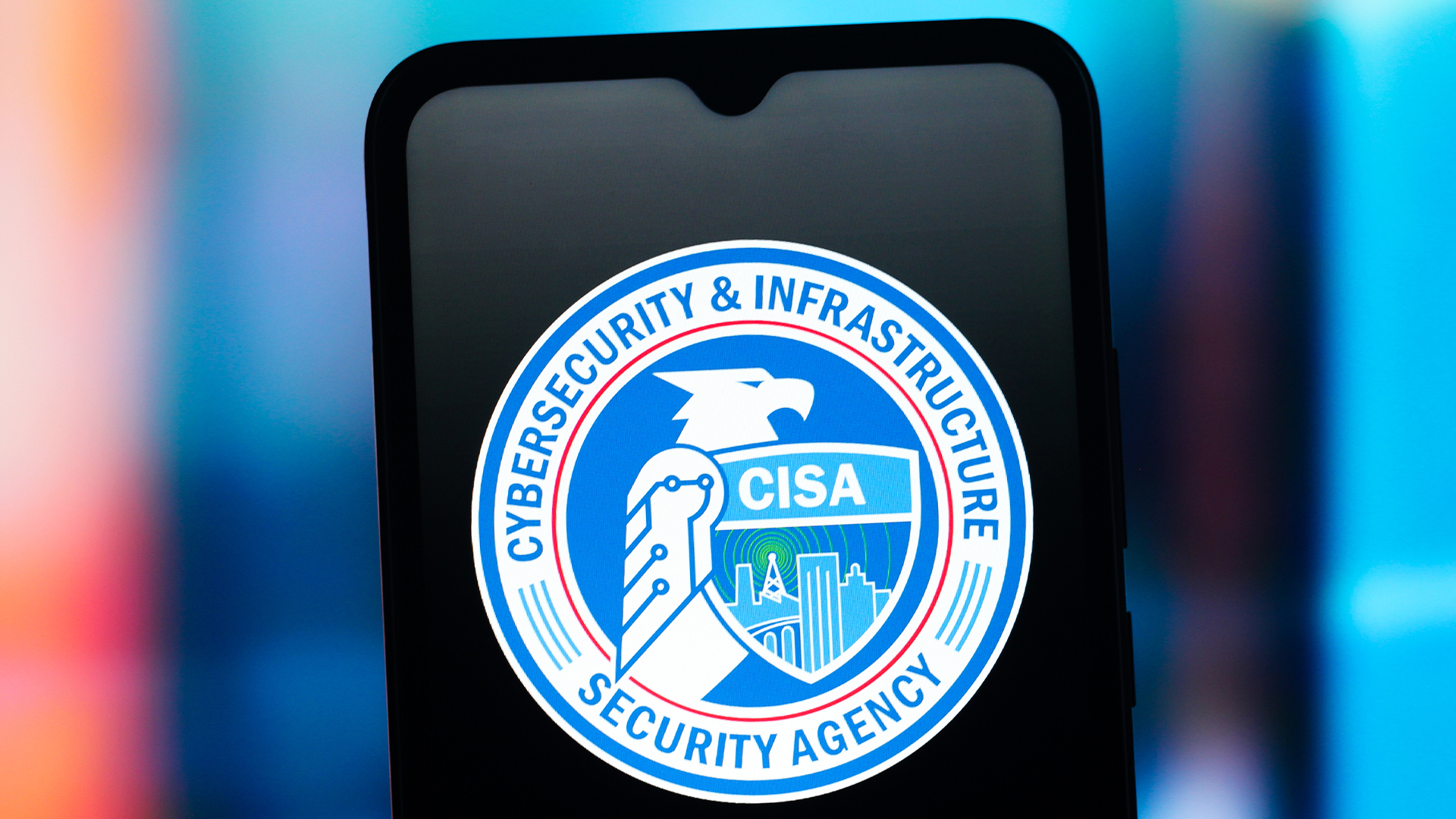 CISA just published crucial new guidance on keeping Microsoft Exchange servers secure
CISA just published crucial new guidance on keeping Microsoft Exchange servers secureNews With a spate of attacks against Microsoft Exchange in recent years, CISA and the NSA have published crucial new guidance for organizations to shore up defenses.

